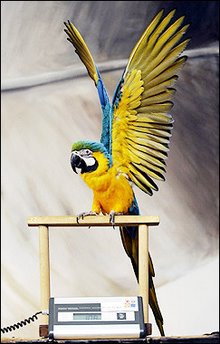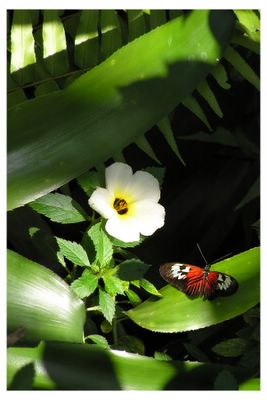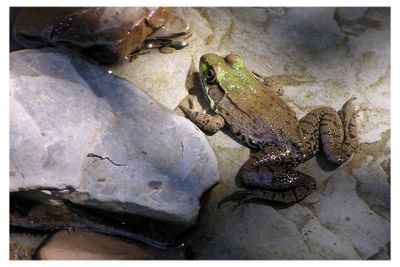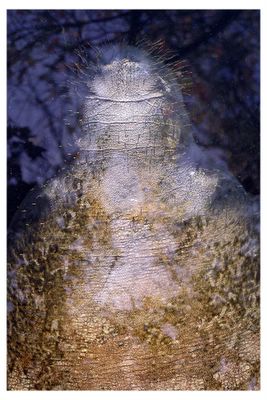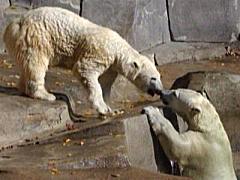 Zoo gets baby hippo for Christmas
Zoo gets baby hippo for ChristmasAlong with the usual Christmas gifts and cheer, Santa brought a little something extra to the
Northwest Florida Zoological Park and Botanical Gardens in Gulf Breeze. Actually, it was a big something extra. Cleopatra, a 3,500 pound adult hippopotamus gave birth to her 60 pound calf at 7:30 a.m., Christmas morning. While most residents were digging under their Christmas tree for the last remaining presents and consuming the last few holiday treats, zoo employees were trudging through the mud in the hippopotamus pen, assisting the delivery.
That calf will probably weigh 100 pounds in six months, Animal Attendant Tom Realing said.
For now, the brand-new calf will remain unnamed, because the mother is being extremely protective. Zookeepers have been unable to get close enough to the animal to determine its sex.
That is actually a good thing, Glenn Young, Vice President of Zoological Operations at Busch Gardens Tampa Bay said. Young continued, saying that the mother should be naturally protective, citing a healthy psychological relationship between the animals. Young also mentioned that all three hippos will probably call Gulf Breeze their permanent home.
The father, a 9-year-old, 2,500 pound Nile Hippo named Kiboko, and Cleopatra, a 20-year-old specimen of the same species, were originally from Busch Gardens Tampa Bay, and have called Gulf Breeze their home since April 2005.
To our knowledge, she wasn't pregnant when she got here, and if you do the math, it probably happened not long after their arrival here, Realing said. The couple has bred before, and their previous calf still resides in Busch Gardens Tampa Bay. According to Young, Busch Gardens and the Northwest Florida Zoo are members of the American Zoo and Aquarium Association (AZA), and the organization allows zoos all over the country to share their living resources. When a facility expresses a need for breeding, or an exhibition, most AZA members are happy to comply. To be apart of the AZA, institutions must meet their strenuous accreditation criteria and show a commitment to excellence in the field of zoology.
All three animals are currently on display at the Northwest Florida Zoological Park and Botanical Gardens in Gulf Breeze. Zoo visitors can see the animals up-close during a five-minute whistle-stop on the Safari Line Limited train, where riders are able to get off the train and onto an observation deck to view the hippos.


































